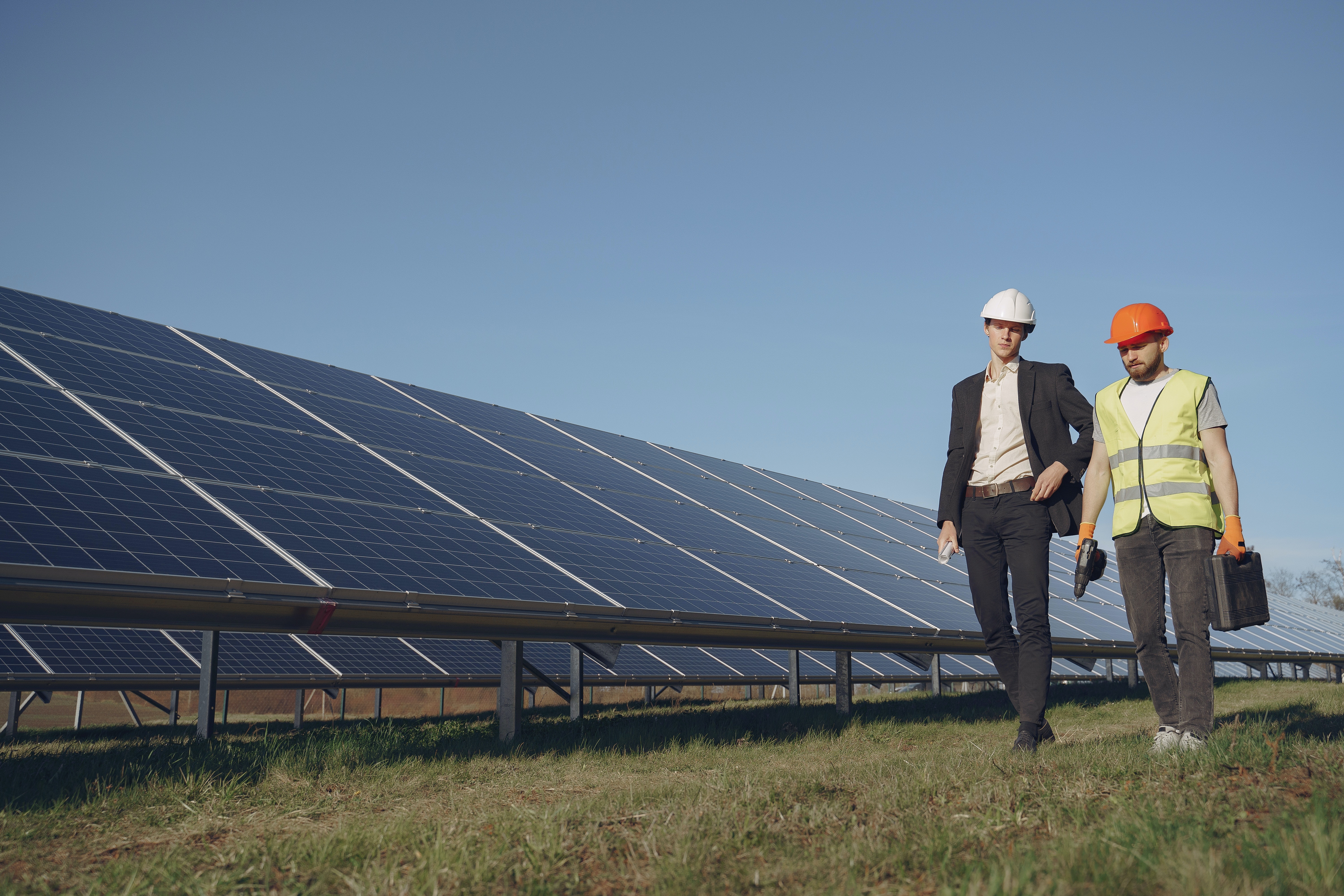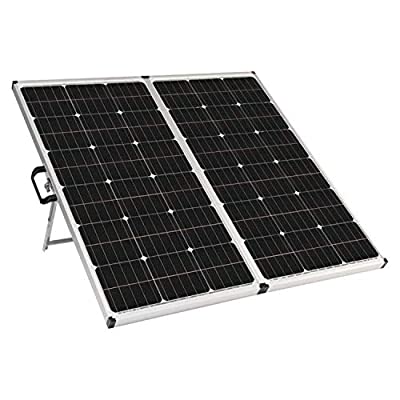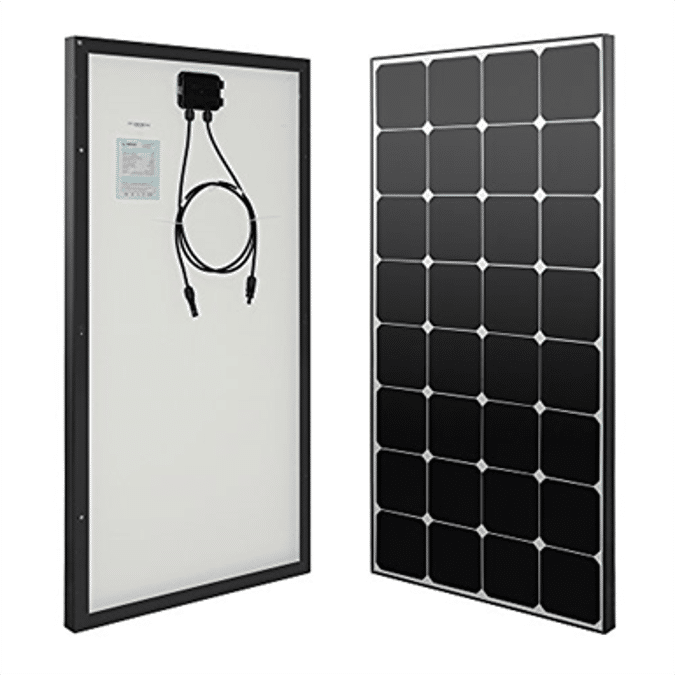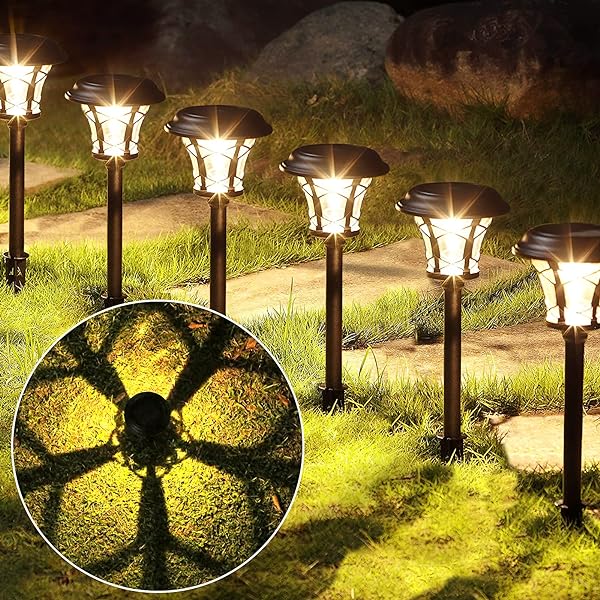It is of course very cool, such a row of solar panels on your roof. You have your own local energy factory. But how exactly does a solar system work? And how does it produce electricity? Our in-house physics teacher and Project Manager Adam explains. This time: the wonderful world of solar cells.
WHAT IS A SOLAR CELL?
Solar cells are perhaps the most important parts of a solar panel. They convert sunlight into electricity!
FROM SAND TO SOLAR CELL
A solar cell is made from silicon. Silicon is a very common element on earth: a quarter of the earth’s crust consists of it. Silicon is found in sand, clay and granite, among other things. Before this silicon can be used to make solar cells, it must first be purified from other elements. Pure silicon does not occur in nature, it is always linked to other elements.
By heating these silicon compounds at very high temperatures under the presence of carbon, metallurgical silicon is recovered, with a purity of more than 99%. This is not yet pure enough for solar cells, so the silicon is purified even further through various chemical and thermal processes. Ultimately, 99.999999999% pure silicon is created. This is also called ‘eleven nines’ silicon.
BLUE VS BLACK
How the silicon is further processed depends on whether polycrystalline (blue) or monocrystalline (black) solar cells are made from it. The silicon forms crystals during the production process. With polycrystalline solar cells, these fan outwards, making them easier to absorb diffused light from the environment. Monocrystalline solar cells consist of one large crystal that points in one direction. As a result, they produce better in direct radiation. To make polycrystalline solar cells, the pure silicon is melted and poured into ‘bricks’. Various crystals are formed during solidification.
The process for making monocrystalline solar cells is a bit more complicated. Adam: ‘Cylinders are made from pure silicon using the Czochralski process. A very small piece of silicon is placed in a container of molten silicon slurry. By slowly pulling the piece upwards, the silicon solidifies and a monocrystalline cylinder is created. The slower you pull up the piece of silicon, the wider the cylinder becomes. ‘ Fun fact: the Pole Jan Czochralski, after whom this process is named, discovered this accidentally when he dipped his pen in molten tin instead of in his inkwell. What mistakes are not good for!
Source: Wikipedia Commons
WAFER-THIN WAFERS
The last steps of the process are again the same for poly and monocrystalline solar cells. The bricks and cylinders are cut into very thin (between 160 and 300 μm) slices. ‘To finish the solar cell, an extra layer of silicon is added. This layer has an opposite charge than the bottom layer. If the bottom layer is positively charged (p-type), a negatively charged silicon layer (n-type) is applied. And vice versa.’ We also call the interface of the two layers the pn-junction. Adam: ‘After this, structures are printed on the silicon wafers to which conductors are applied later.’ And then the solar cells are ready!

BLACK FRIDAY
Solar cells therefore consist of two thin layers of silicon. By adding a small amount of other elements to the silicon, one layer has an excess of electrons, while the other layer has too few. The electrons would like to move from the surplus layer to the deficit layer, but do not have enough energy. When sunlight falls on the panel, this energy is absorbed by the excess electrons, releasing them. These free electrons flow to the silicon layer with a shortage of electrons. This is the power that your panels generate.
Adam: ‘Just think of Black Friday: crowds of people stand in front of the store’s doors. They are excited and want to go in, but can’t yet because the door is still closed. These people are the electrons. When the door finally opens, when sunlight hits the solar panel, all these people run to the bargains. The running of the shoppers, the moving of the electrons from one layer to the other, is the current that a solar panel generates.





